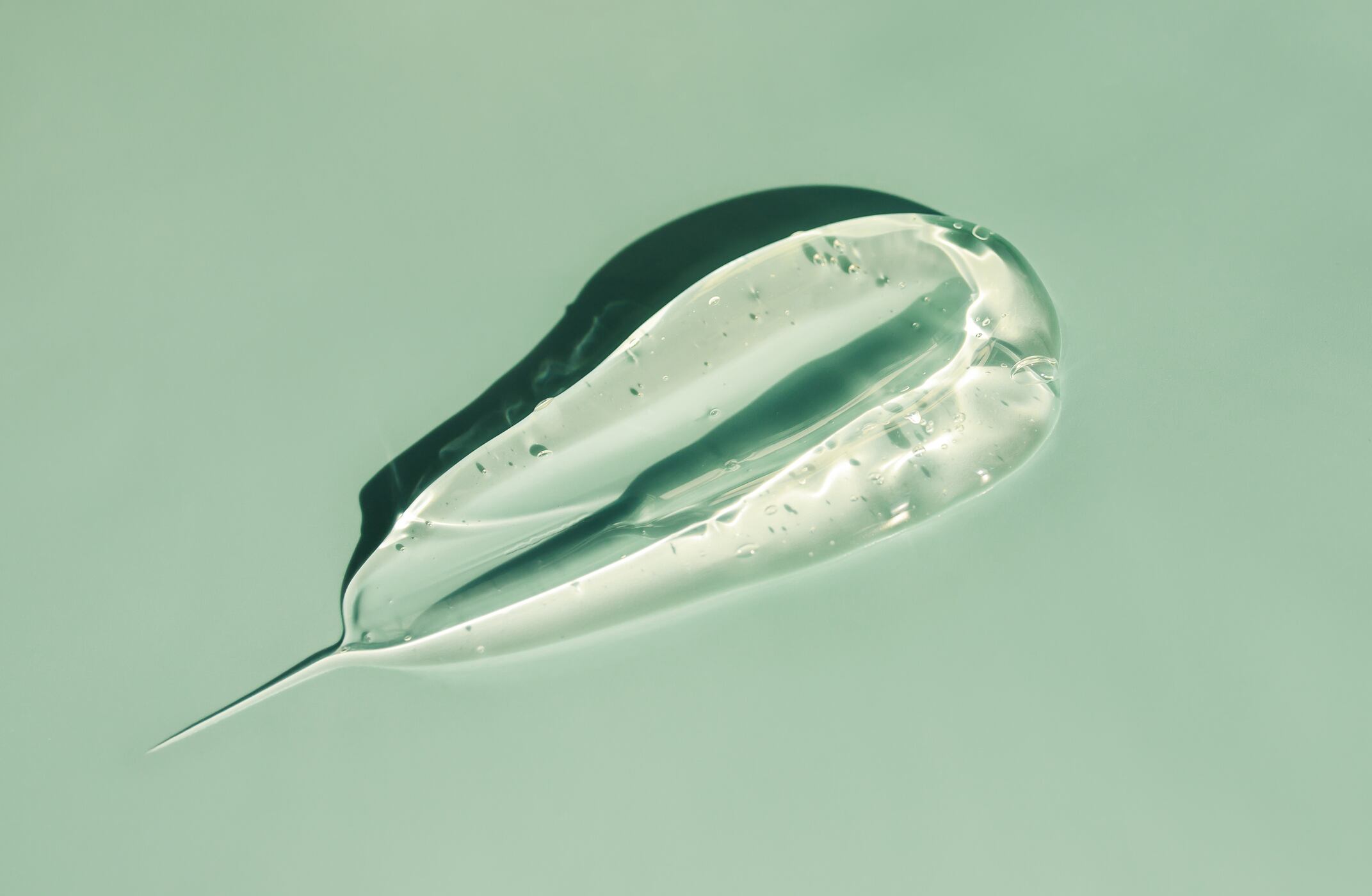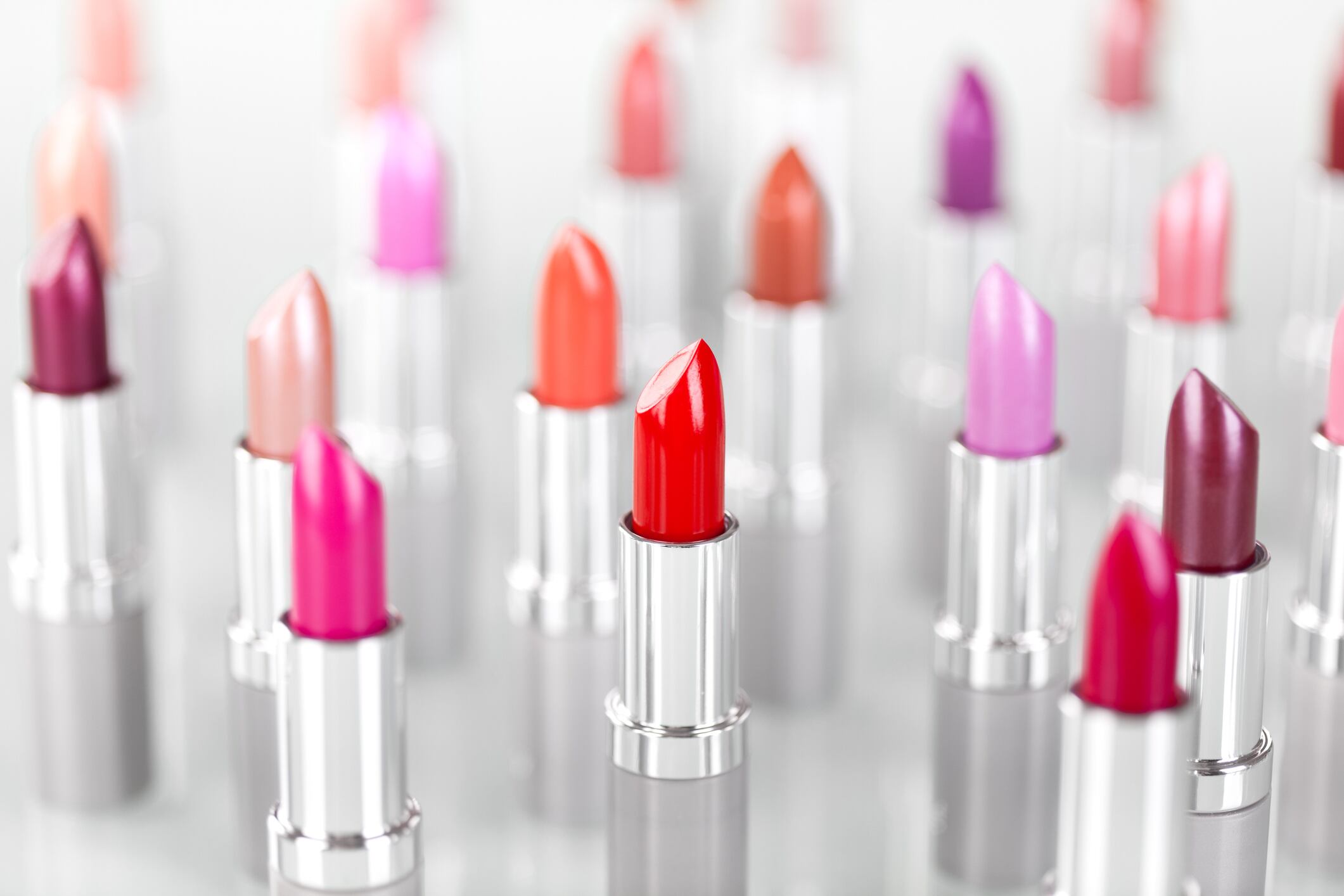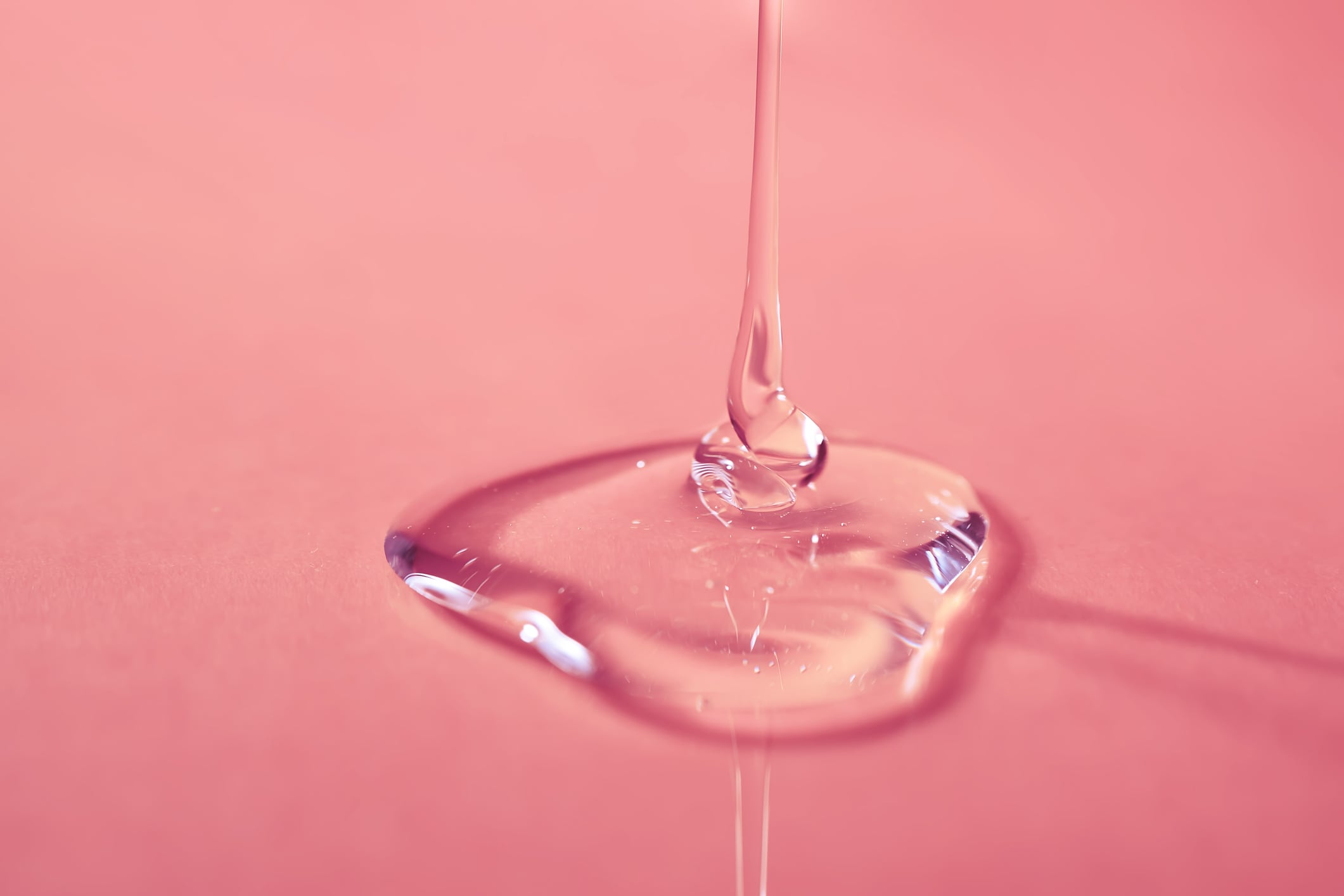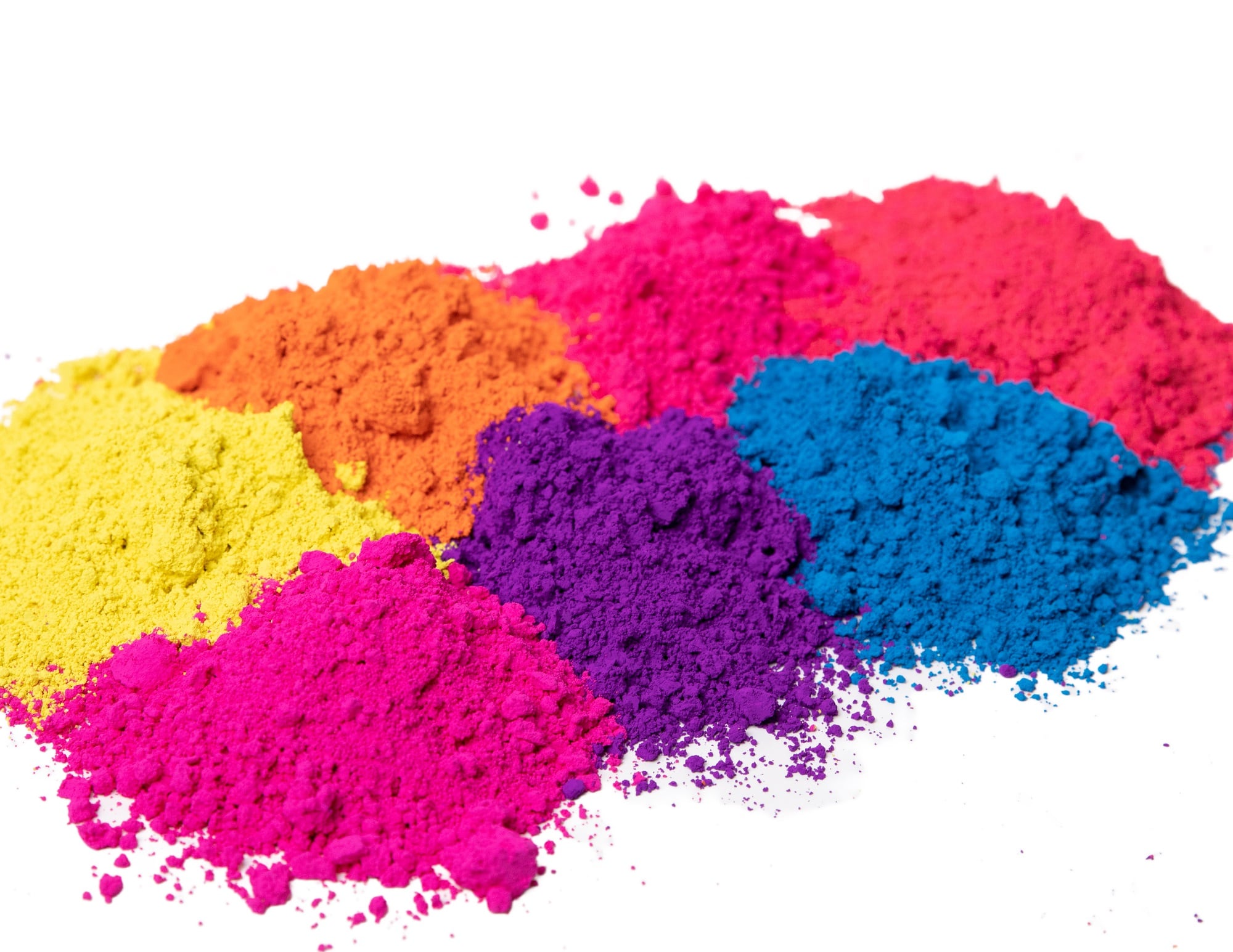A study published in Cosmetics in February found a low molecular weight gel increased antioxidant activity for α-tocopherol, a form of Vitamin E, as well as postbiotics.
Antioxidants block the formation of free radicals, which destroy bio compounds on the skin, leading to hardening of blood vessels, premature aging, skin inflammation and other cosmetic issues. α-tocopherol helps to stabilize free radicals and is used both orally and topically; postbiotics may help protect against oxidative stress but are not researched as thoroughly.
While α-tocopherol has been extensively studied and reported on as a beneficial cosmetic ingredient, the benefits of postbiotics are not widely reported on. The authors of this study sought to test these two different antioxidants within the low molecular weight gel to understand its interactions with antioxidants that are both well- and lesser-known.
Low molecular weight gels have many uses within the medical, environmental, food and cosmetic industries. Uses in the cosmetic industry include encapsulation, fragrance release and increased skin penetration. Bioactive molecules, such as antioxidants, can be encapsulated into the low molecular weight gels.
Preparation and Methodology
The low-molecular-weight gel, Boc-L-DOPA(Bn)2-OH, was prepared with a combination of solvent and temperature changes. The authors write, “This specific gelator was chosen as it may be easily prepared in a multigram scale starting from commercially available L-Dopa and can form robust gels under several conditions in very low concentrations, even with the addition of different species”
The α-tocopherol was purchased directly from a supplier as were the two postbiotics, ProRenew Complex CLR and Repair Complex CLR.
All antioxidants were tested in solvent alone and in the low molecular weight gel. The α-tocopherol and postbiotic gels were formulated slightly differently, with changes in amount of low molecular weight gel added and resting time. The gels were analyzed via optical microscopy and rheological properties. Both the serums and gels were analyzed via DPPH radical scavenging activity.
Key Findings
The DPPH assay showed the α-tocopherol and postbiotic gels held higher values than within the solvent. The α-tocopherol gel antioxidant activity was between 2.7 and 1.1 times higher than in the solvent alone. Both postbiotics had higher antioxidant activity within the gel — 4.4 to 4.7 times higher than in the solvent alone.
For α-tocopherol, gel formation occurs after 16 hours, but antioxidant activity was measured prior to the gel being formed. The authors write, “In the case of the pre-gel solutions, the antioxidant activity value was slightly lower than that of gels, meaning that the formation of the fibers of the gel network slightly improves the antioxidant activity of α-tocopherol.” The authors hypothesize this effect could be due to the presence of water as a protic solvent or the binding of α-tocopherol with hydrophilic and hydrophobic grounds of fibers.
The authors also found that the lower gel concentration caused better antioxidant activity for postbiotics, while the higher gel concentration caused better activity for α-tocopherol.
Source: Cosmetics
2023; 10(2):38 https://doi.org/10.3390/cosmetics10020038
“Low-Molecular-Weight Gels as Smart Materials for the Enhancement of Antioxidants Activity.”
Authors: Toronyi, A. et al.




